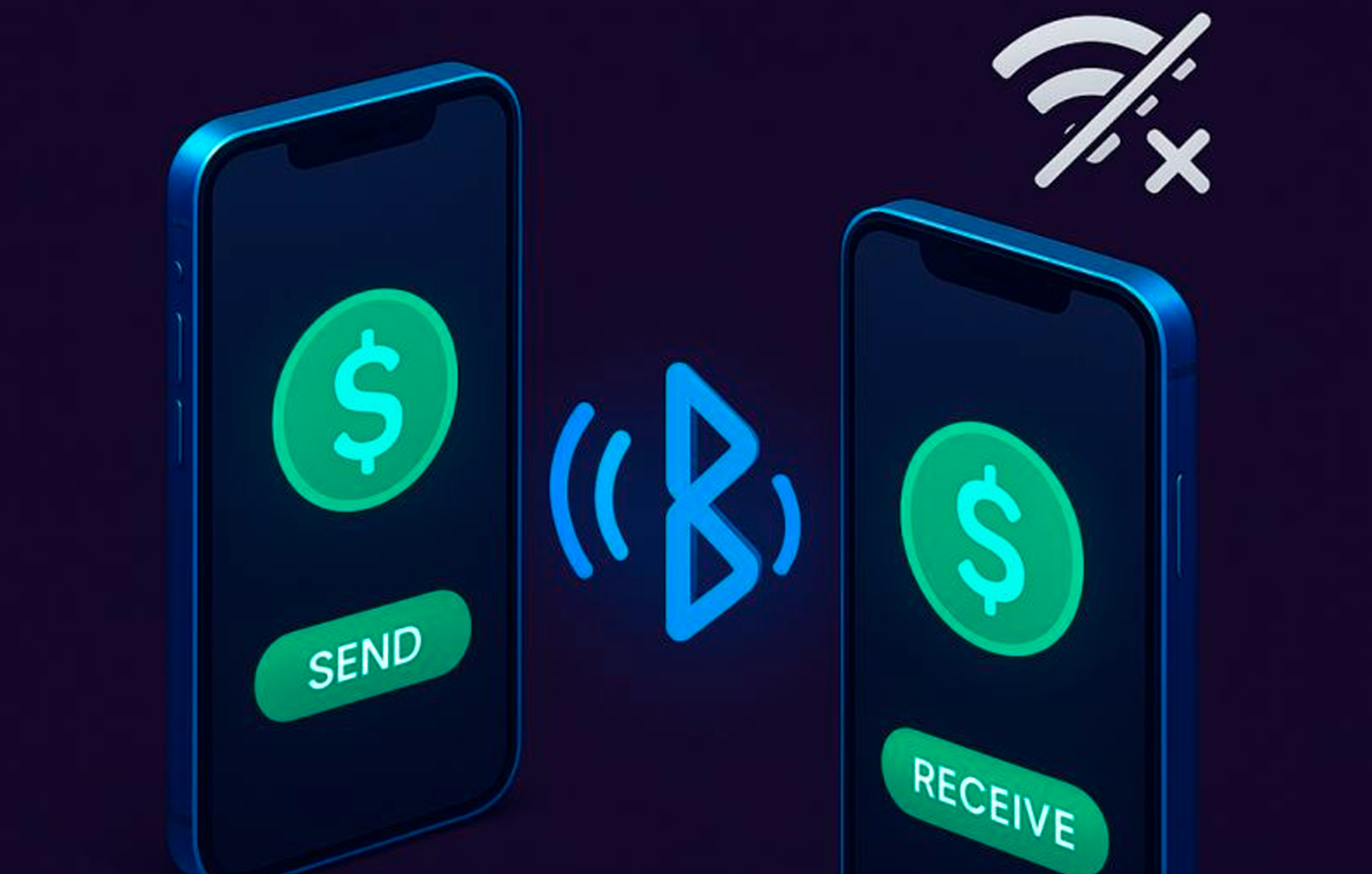How DeFi is Reshaping Banking
Decentralized Finance and the End of Traditional Intermediation

For over a century, banks have served as the pillars of financial infrastructure — managing deposits, issuing credit, and acting as gatekeepers to the global economy. But a quiet revolution is underway. Decentralized Finance, or DeFi, is radically transforming the nature of banking by replacing traditional intermediaries with smart contracts and open protocols. And it's doing so with unprecedented speed.
From Institutions to Protocols
Traditional banks operate within highly regulated frameworks. They require trust in institutions, rely on central servers, and are often limited by national borders and banking hours. In contrast, DeFi protocols are borderless, permissionless, and available 24/7. Anyone with an internet connection and a crypto wallet can access lending, borrowing, trading, and yield-generating opportunities without going through a bank.
This shift from institutional trust to algorithmic trust is fundamental. In DeFi, smart contracts enforce the rules automatically. Transparency replaces paperwork. Code becomes law.
The Unbundling of Financial Services
Whereas traditional banks offer bundled services (e.g., checking accounts, loans, wealth management), DeFi unbundles these into composable building blocks. You can lend your crypto on Aave, trade on Uniswap, hedge on Synthetix, and earn interest via Yearn — all with complete control over your funds and without a single middleman.
This modular approach is fostering a new era of financial experimentation. Anyone can deploy a new protocol, fork an existing one, or create novel incentives through tokenomics. The result is a Cambrian explosion of financial primitives, rapidly evolving in public view.
Challenges to Overcome
Still, DeFi is not without its risks. Smart contract vulnerabilities, oracle manipulation, front-running, and regulatory uncertainty present real challenges. Unlike traditional banks, there is often no backstop when things go wrong — no FDIC insurance, no central bank support.
Moreover, user experience remains a hurdle. Wallet security, key management, and high transaction fees (especially on Ethereum) can alienate less technical users. For DeFi to reach mass adoption, security, scalability, and usability must improve dramatically.
The Inevitable Convergence
Despite these growing pains, traditional financial institutions are taking note. From JPMorgan’s blockchain experiments to Visa integrating USDC settlements, the line between DeFi and TradFi is beginning to blur.
The most likely outcome is not one replacing the other — but rather a convergence, where regulated institutions adopt decentralized rails under compliant frameworks, and DeFi projects integrate identity, privacy, and fiat on-ramps to reach broader audiences.
Conclusion: The Future of Finance Is Open
DeFi is not just a new way to bank — it's a new banking paradigm. By removing the need for centralized trust, enabling programmable money, and democratizing access to capital, DeFi is unlocking financial innovation at a global scale.
For countries with unstable currencies, for individuals without bank accounts, and for developers building the next generation of finance — DeFi offers a path that is not just disruptive, but transformative.
In the end, the future of banking may no longer be in buildings — but in code.

Recent Insights and Updates
Expand your knowledge with these hand-picked articles, tailored to keep you ahead in the space.




.png)


